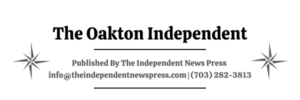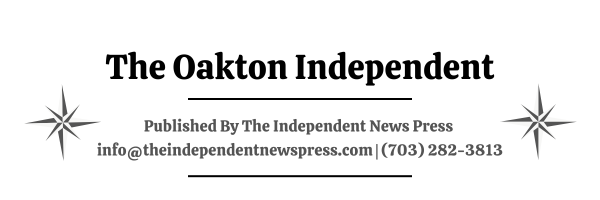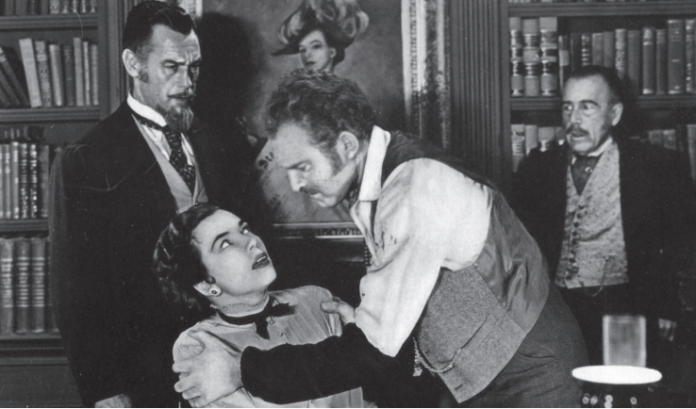Samuel Fuller’s “Park Row” charges onto the screen with all the subtlety of a newsboy shouting headlines on a busy street corner. Set in the gritty world of 1880s newspaper publishing, this film serves up a delicious cocktail of journalism, romance, and occasional fisticuffs that would make any modern-day media mogul raise their eyebrows – and possibly their printing presses (Park Row (1952) – IMDb, n.d.). If you are not a fan of the classics, try to stay awake for the first 18 minutes.
The story revolves around our hero, Phineas Mitchell, played by Gene Evans, who believes the best way to launch a newspaper is to spend quality time in bars contemplating the state of journalism. In what might be the most journalism-heavy bar scenes ever filmed; Mitchell transforms from a disgruntled reporter to a newspaper owner faster than you can say “hot off the press.” His drink order alone deserves a Pulitzer – asking for a “keg-drainer, stick of straight, schooner chaser.” One can only imagine this was the 1880s equivalent of ordering a triple espresso with a side of deadline anxiety.
The film takes an especially entertaining turn when Mitchell decides that the best way to handle his competition is not through witty editorials but through what can only be described as nineteenth-century street justice. In one particularly memorable scene, Mitchell storms out of a bar to “clobber a cadre of agitators,” proving that sometimes the pen isn’t mightier than the fist – especially when defending your printing press.
The romantic subplot between Mitchell and his rival publisher Charity Hackett (Mary Welch) plays out like a nineteenth-century version of “You’ve Got Mail,” except instead of competing bookstores, they’re trying to put each other out of business with competing newspapers (Park Row (1952) — (Movie Clip) Words and Garbage – TCM, 2009). Their confrontations are a masterclass in passive-aggressive journalism, with Charity attempting to poach Mitchell’s printer with all the subtlety of a front-page scandal.
Fuller’s direction shows off some impressive long takes, particularly when Mitchell launches his newspaper “The Globe.” The scene involves complex camera movements following characters as they simultaneously set type, argue about headlines, and probably compose sonnets about the importance of proper punctuation. It’s like watching a choreographed dance, if the dancers were all caffeine-addicted newspapermen with ink-stained fingers.
The film’s most quotable moment comes from Mitchell himself, who solemnly declares what he would do if he had a newspaper, “First thing I would do is Christen it. I would call it “The Globe.” I would make it the best newspaper on Park Row, that’s what I would do. I would give away free ice, summer excursions, and Christmas dinners for the poor that would make them happy and make news. News makes readers. Readers make circulation. And circulation means advertising. And advertising means I would print my paper without the support of any political machine. That is what I would do if I had a newspaper.”
Astonishingly enough, this was a familiar discussion at the birth of The Independent News Press, located in Fairfax City, publisher of The Fairfax Independent and The Oakton & Vienna Independent local newspapers!
Sam Fuller, being an ex-journalist himself, clearly poured his heart and ink into this project. The result is a film that manages to be both a love letter to journalism and an unintentionally hilarious testament to just how dramatic newspaper publishing can be. It’s the kind of movie that makes you grateful for modern word processors while simultaneously making you yearn for the days when starting a newspaper meant you might end up in a bar fight over proper grammar.
Through its remarkable long takes, passionate idealism, and combination of “blood and ink,” “Park Row” stands as a testament to the glory days of newspaper publishing, when headlines were hot, the competition was heated, and apparently, every journalist needed to be part writer, part businessman, and part bare-knuckle boxer. In today’s world of digital media and online news, there’s something charmingly chaotic about this portrait of journalism’s rowdy adolescence, where the biggest viral sensation was going viral from handling lead type all day.


